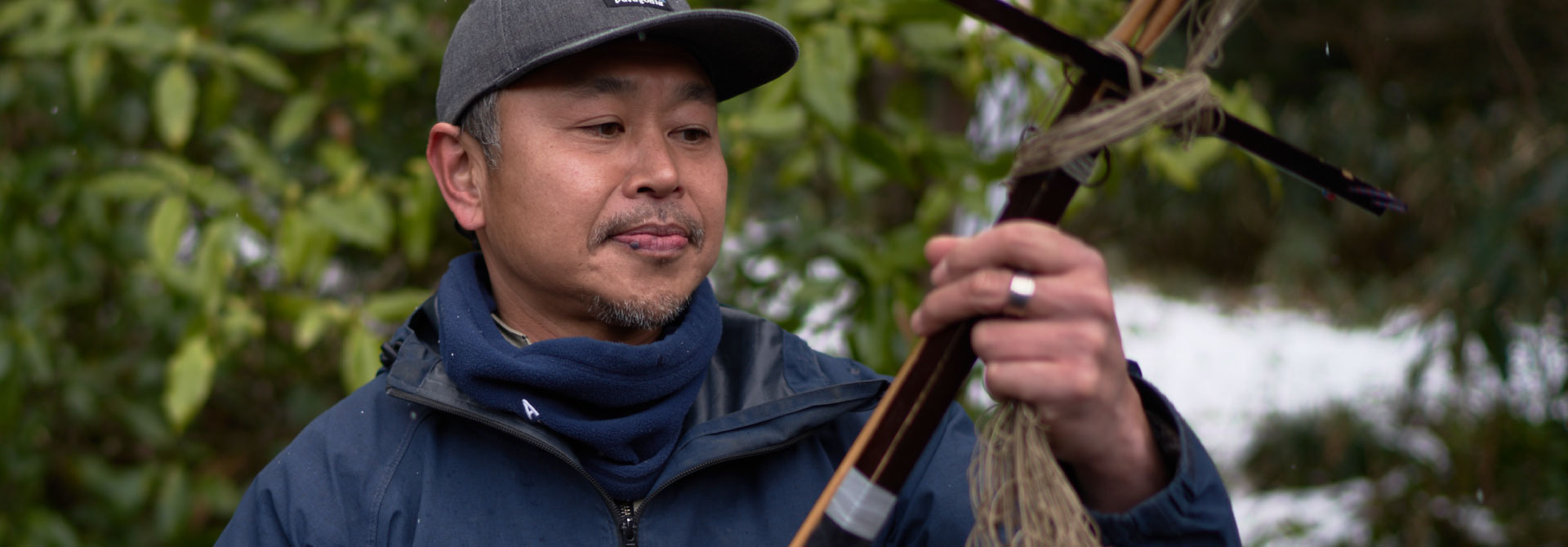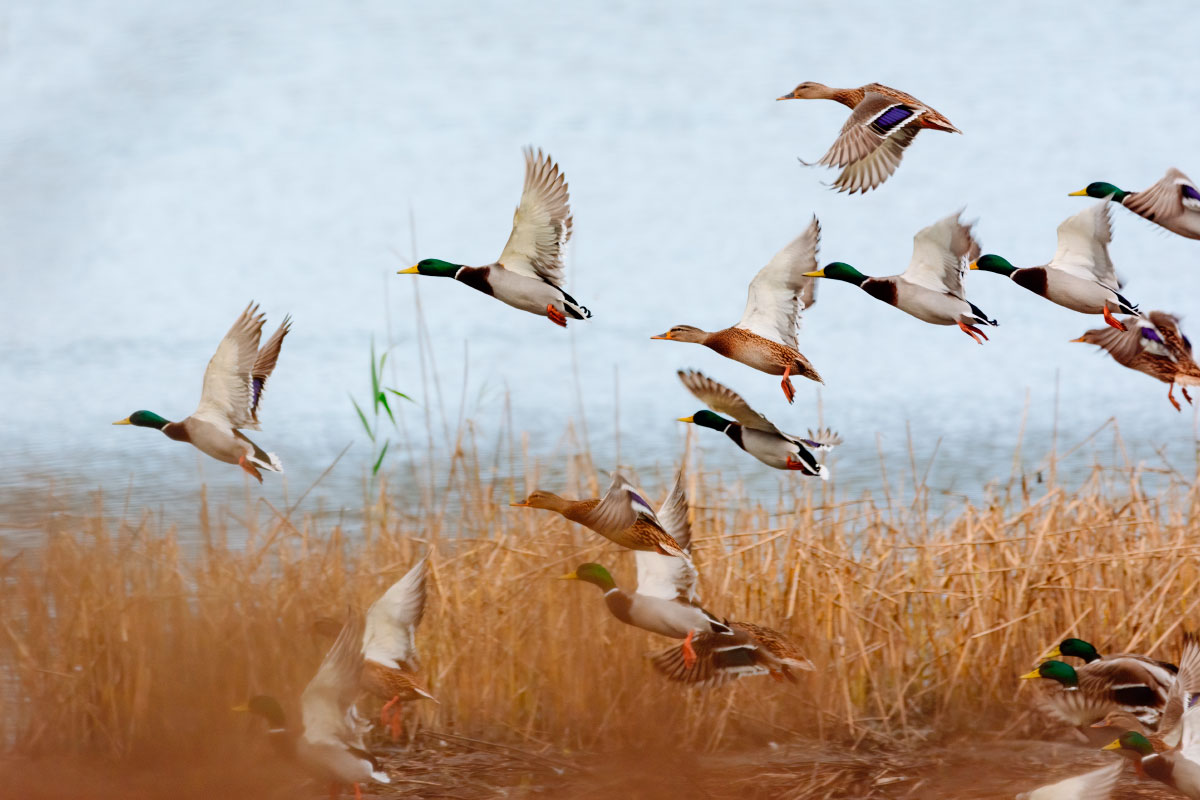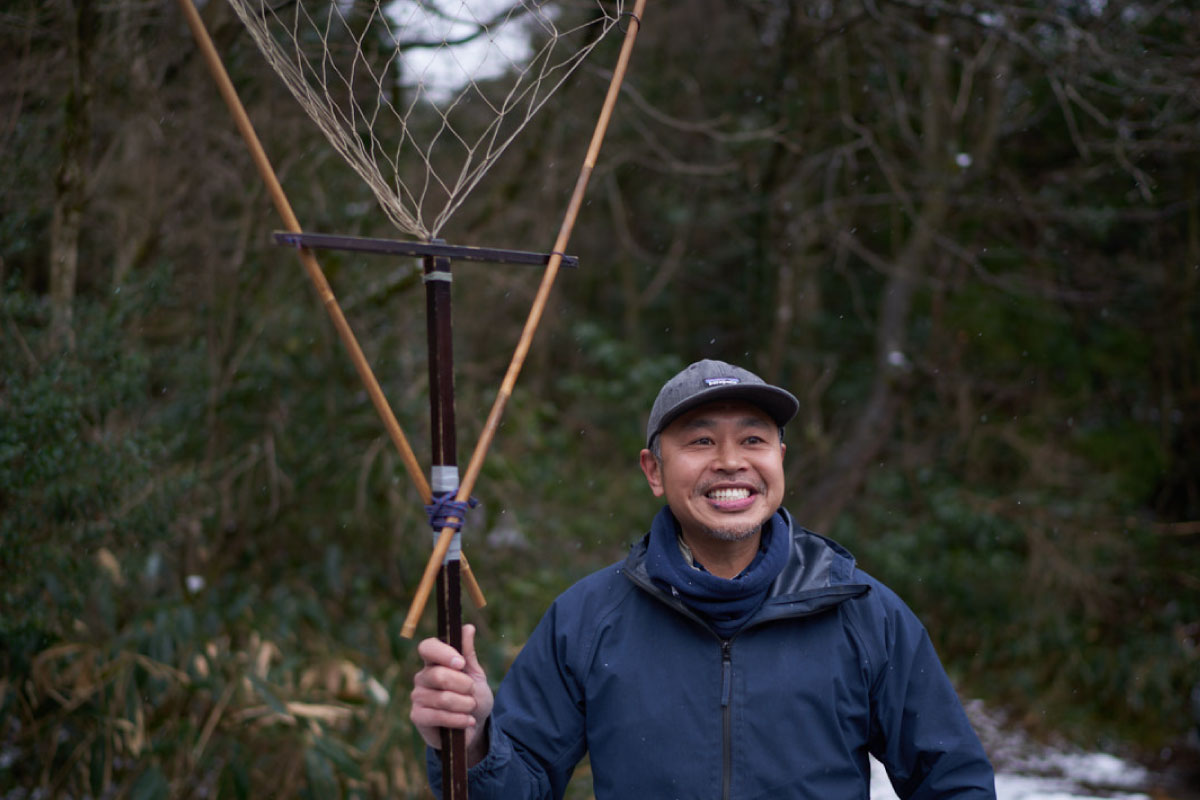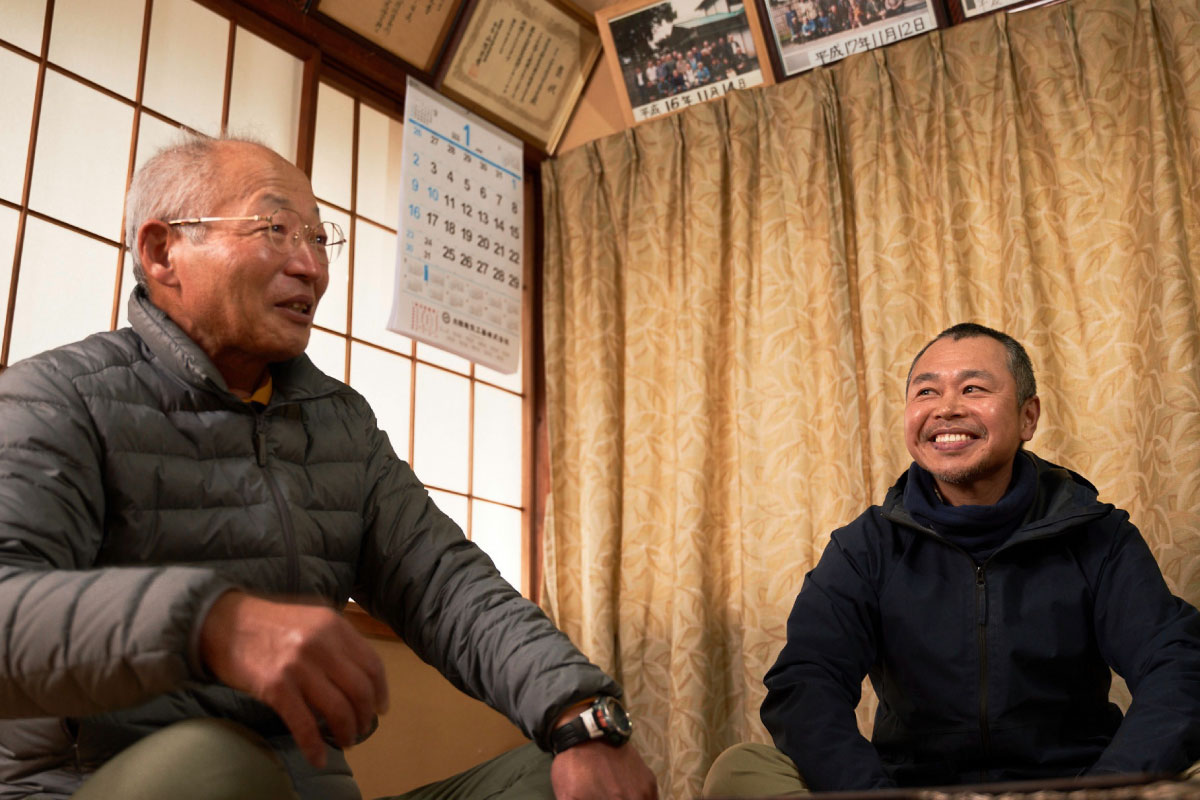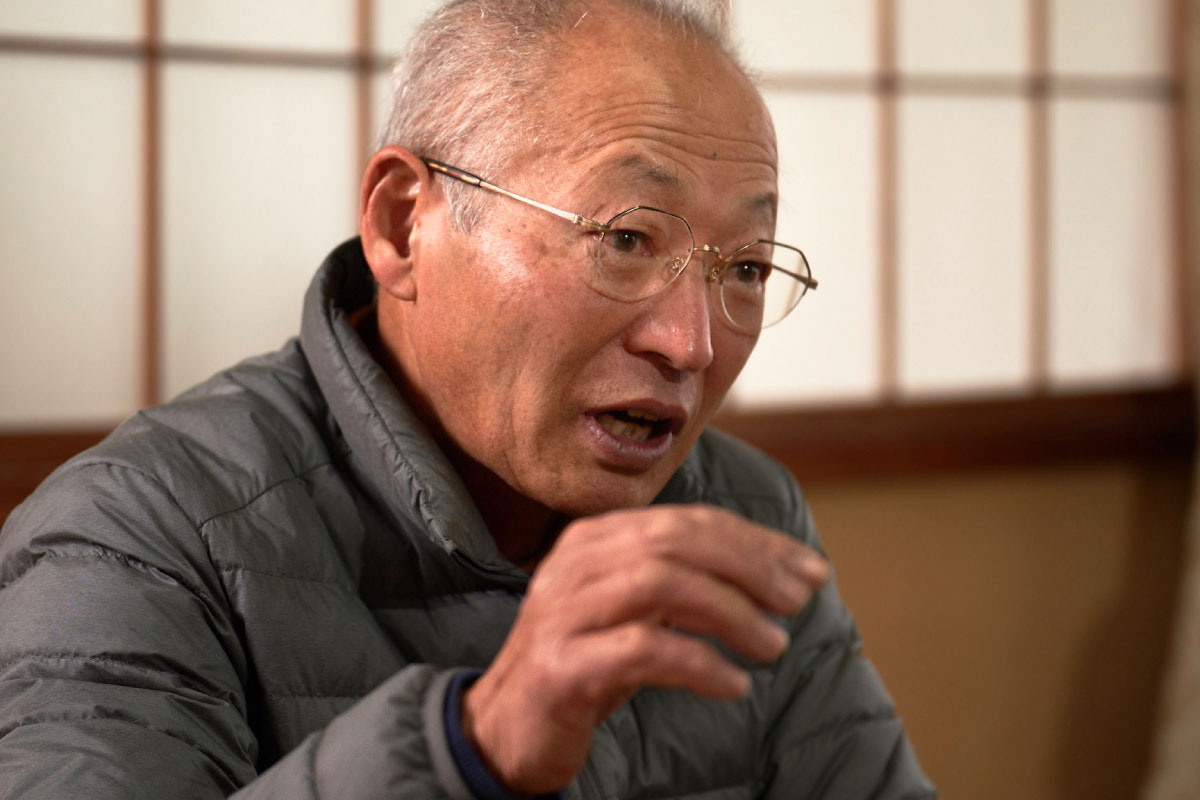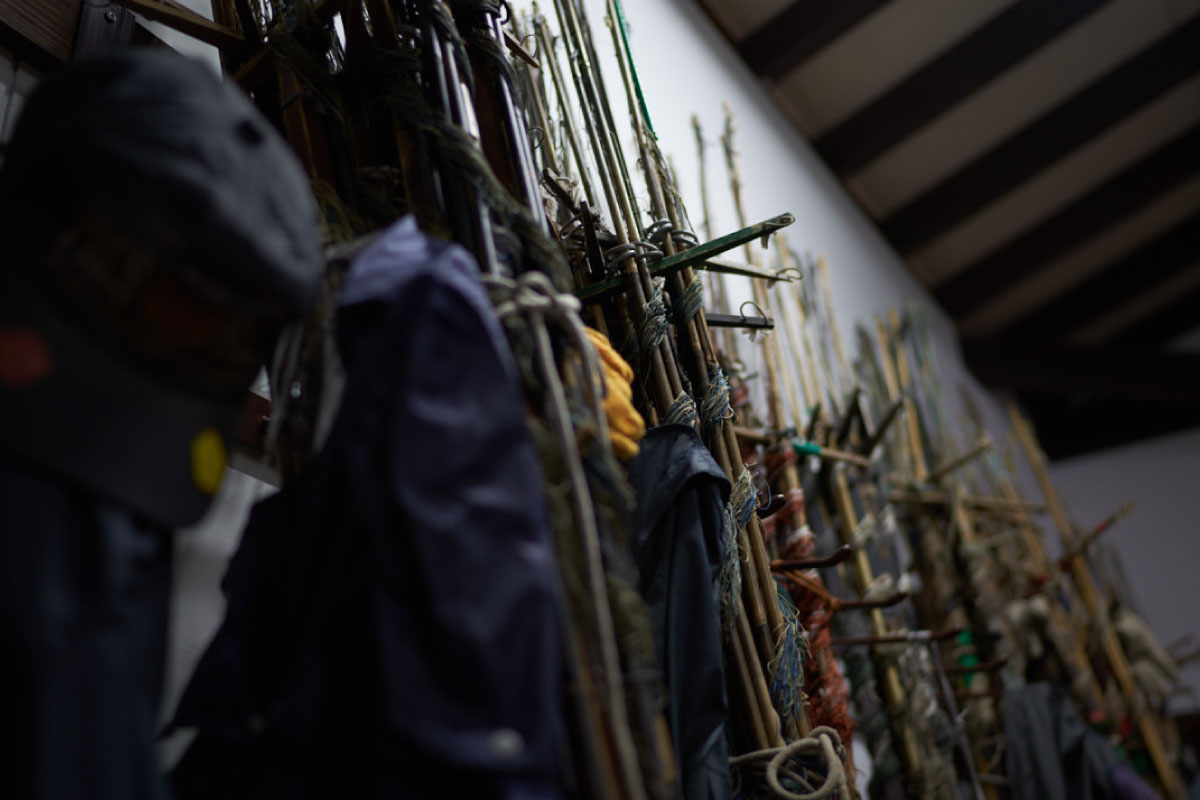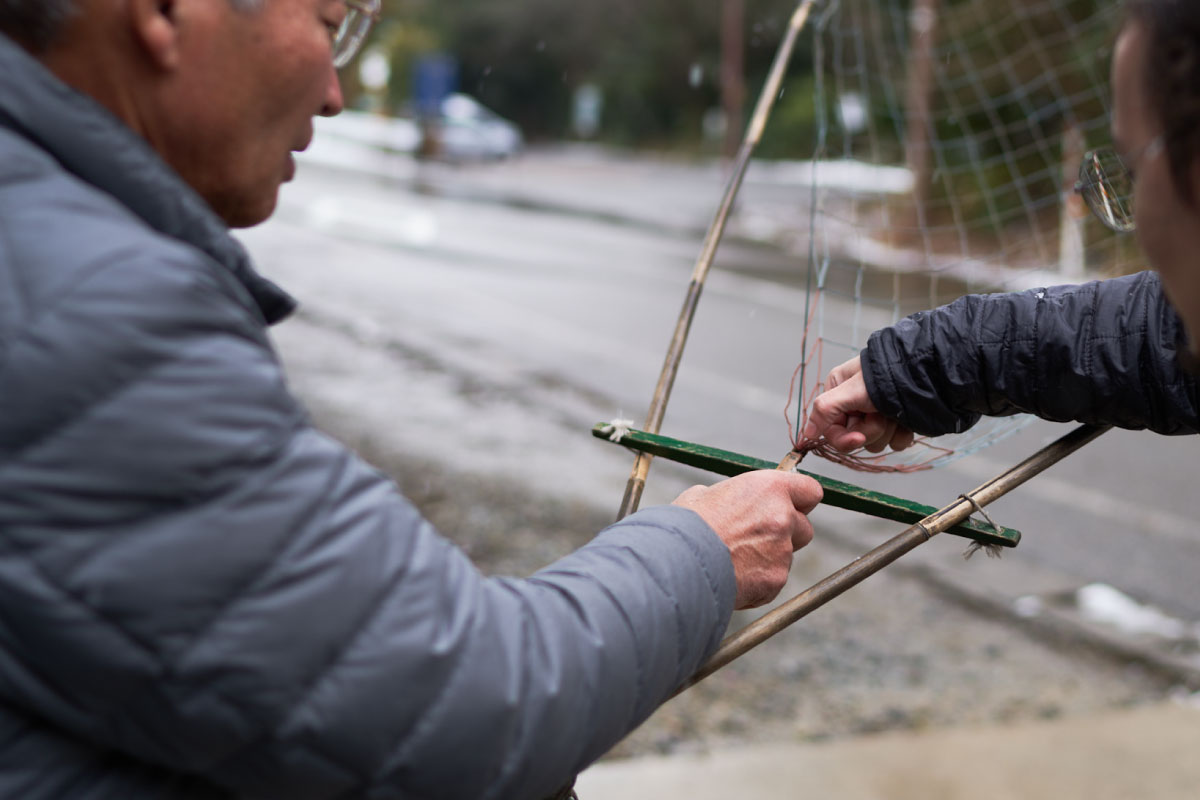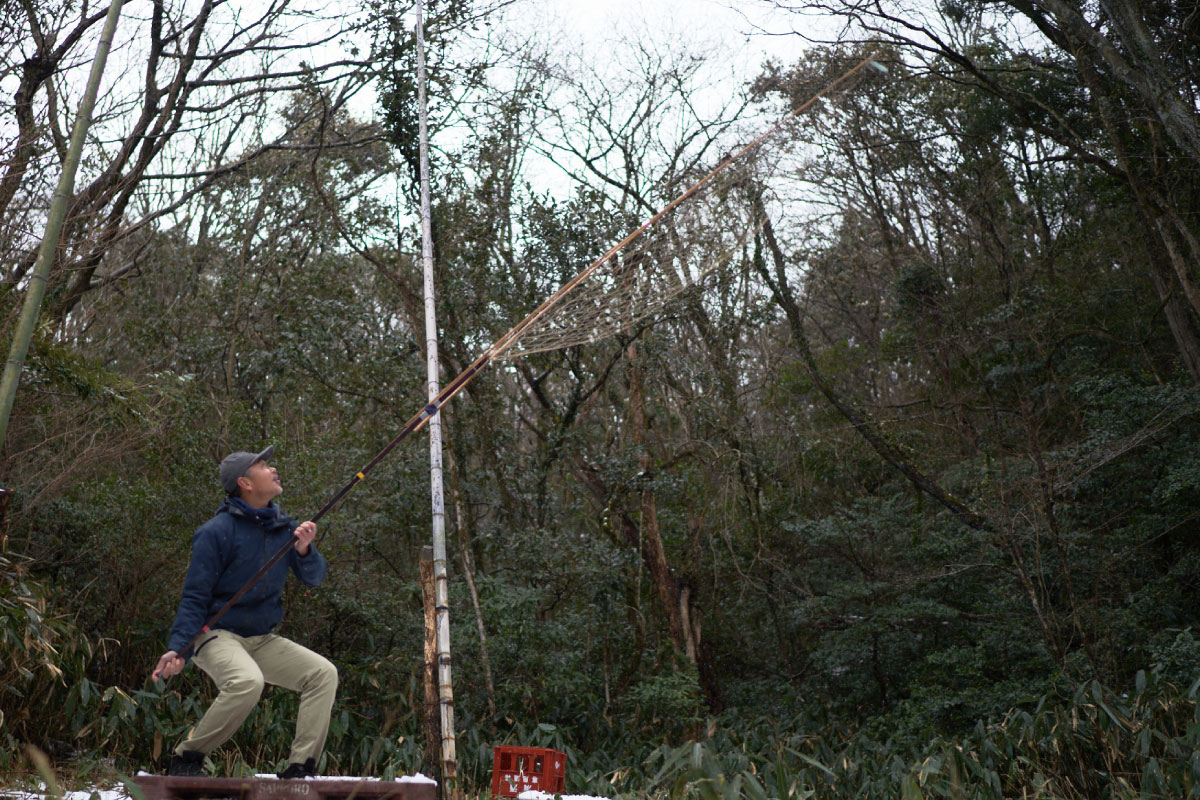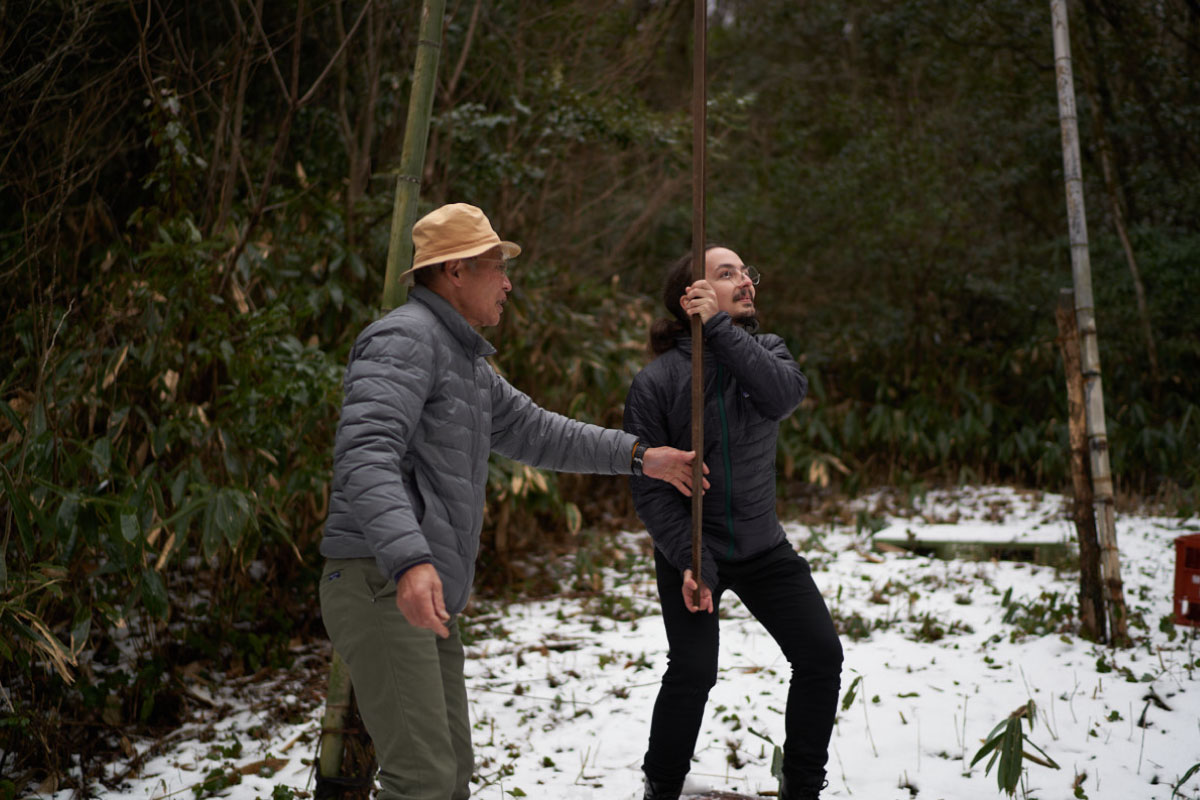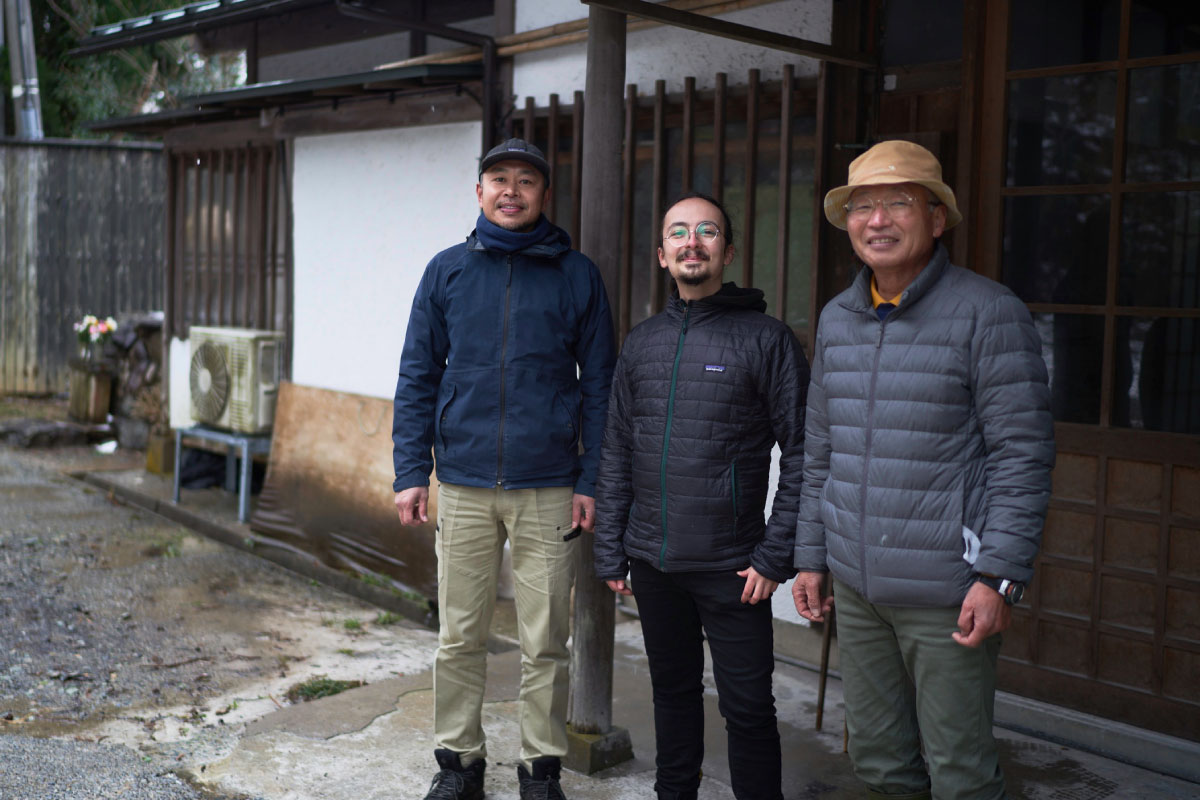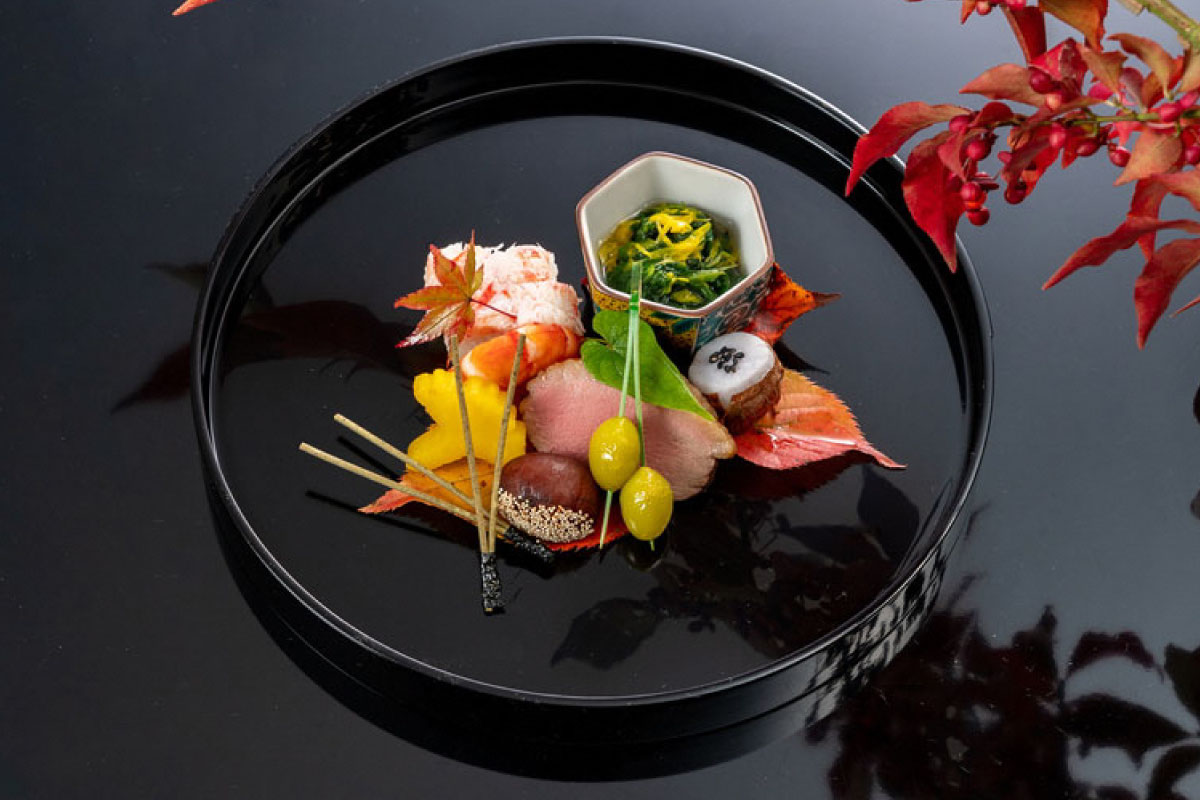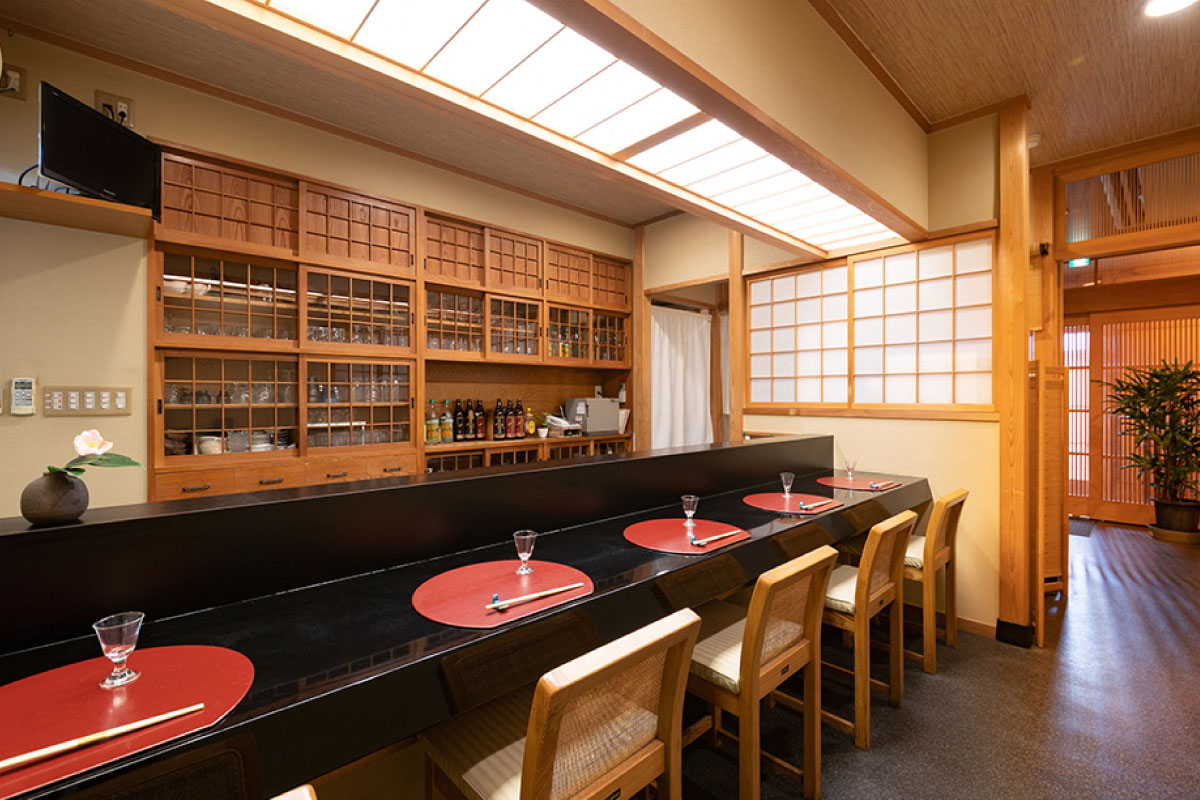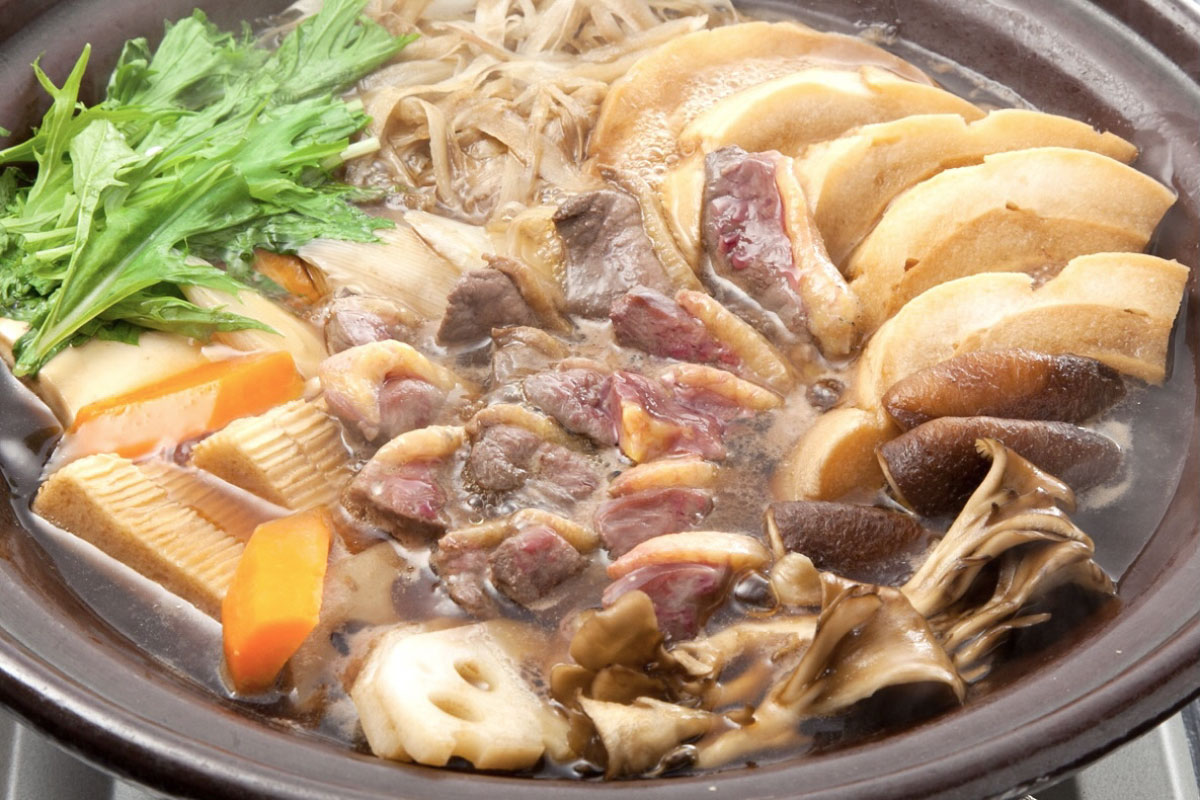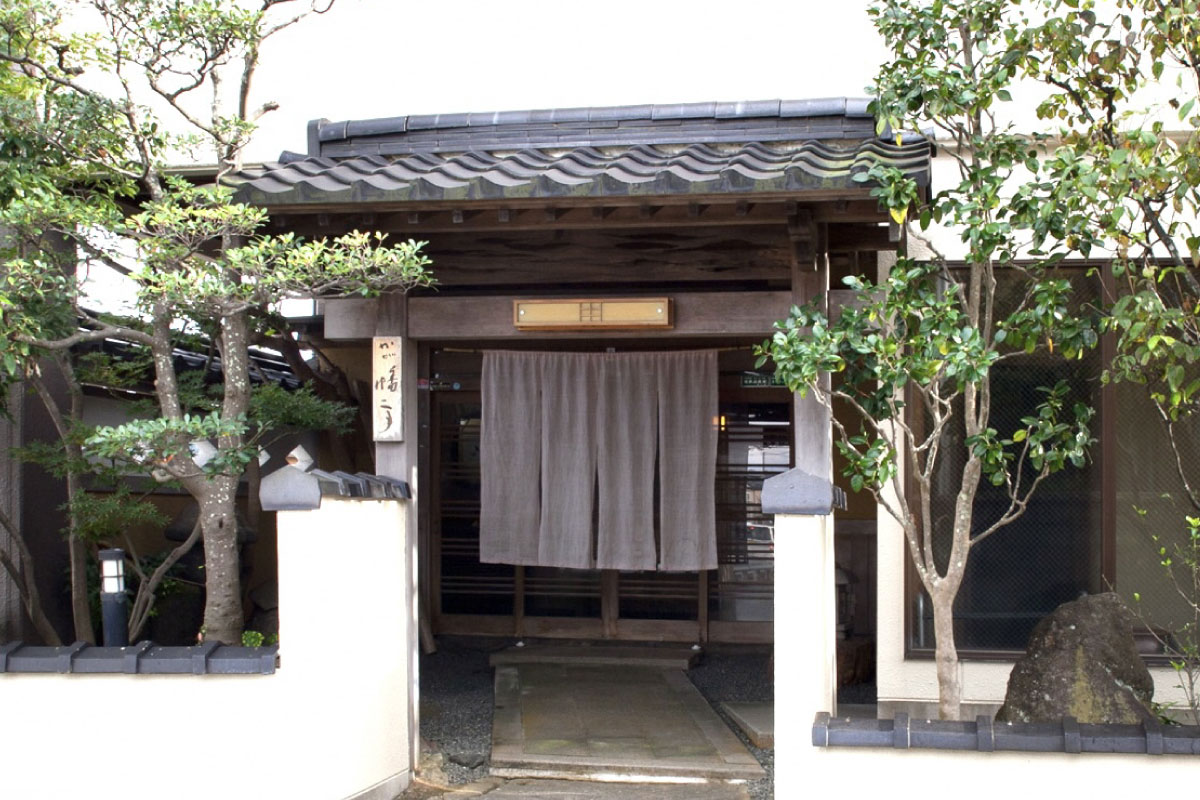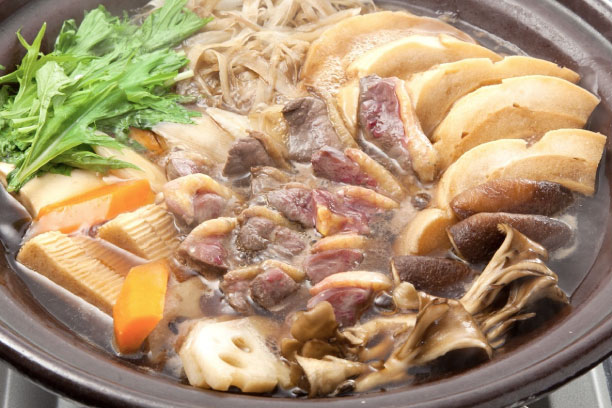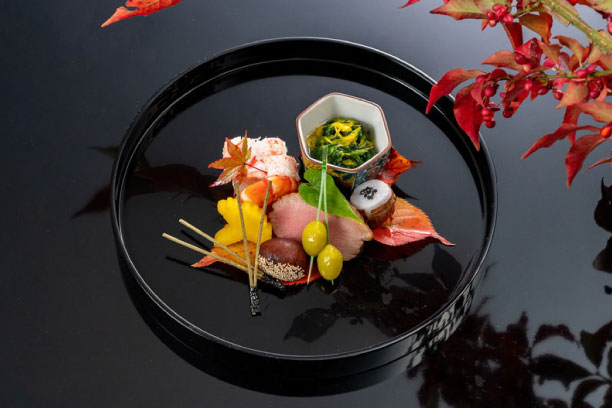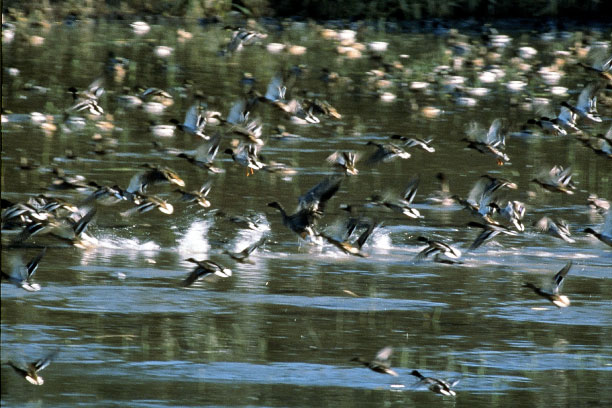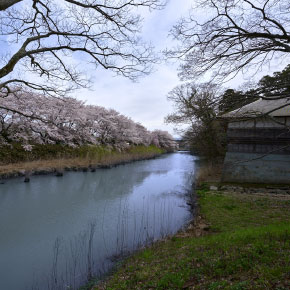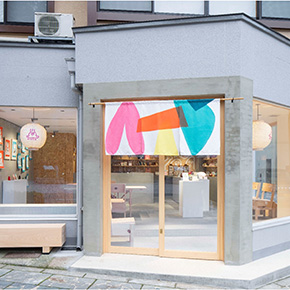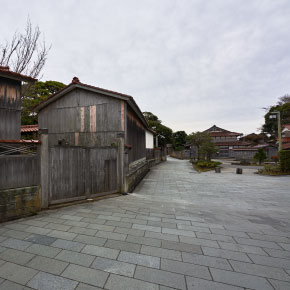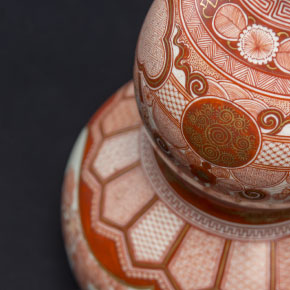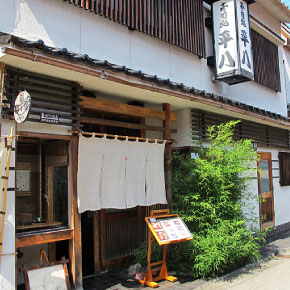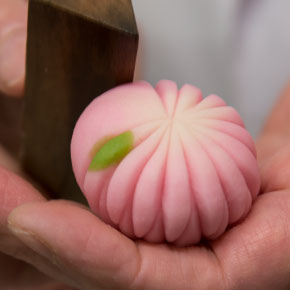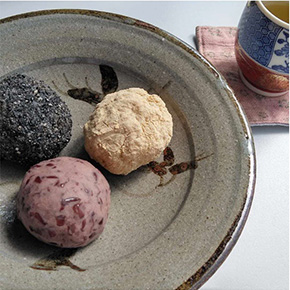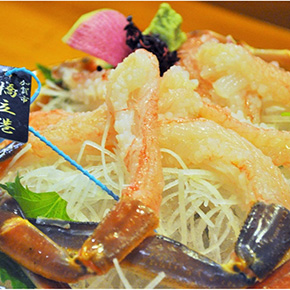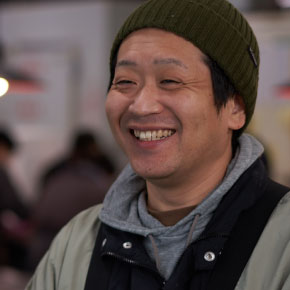A Small Lake in Kaga
Driving out of the main area around Kaga Onsen Station, leaving behind the tall statue of Kannon, the bodhisattva of compassion, one quickly finds oneself surrounded by nature. In the middle of forests, next to a big observation platform is Lake Katano from which one can hear the calls of what must be hundreds of ducks. It is here where the sakaami ryōshi—the sakaami hunters—equipped with weatherproof gear and their name giving hunting tools, the sakaami or slope-nets, go out to hunt.
A Lesser-Known Tradition
Spanning back around over 300 years to the Edo period, hunting ducks with the sakaami is one of the lesser-known traditions of Japan, and most of its practitioners are centred here in Kaga. As the hunting season and number of ducks hunters can catch are limited, all the hunters also have other jobs. For instance, one of the younger hunters, SANKAI Tadayuki, is a manager for a construction company. Although his grandfather and great-grandfather both hunted ducks, he only started later in life, but he has just as much passion in keeping the tradition alive as his seniors.
During the hunting season, hunting starts close to dusk, when the ducks start to head out to find food. The hunters meet for preparations in their hut next to the lake, exchanging information on where best to go that day. Depending on the wind, temperature, weather and the birds’ mood, the hunters then choose which of the different hunting grounds around the lake to use.
YAMASHITA Norio is a veteran hunter who has learned to judge the conditions by feel after decades of experience. He grew up hunting ducks, having started in elementary school, and received his hunting permit when he was 20 years old. He said that the changing conditions of the surrounding area and patterns in the ducks’ behaviour have made it difficult for both the older and younger hunters alike to read the birds’ movement.
SANKAI tries to get around this problem by collecting each day’s data and putting it into a system. Until now, however, experience has almost always beat his calculations: last season, YAMASHITA caught around 31 ducks, while SANKAI’s count stood at eight. That said, there is no competition between the hunters. Every duck caught is a success and every hunt becomes an important learning experience.
Catching Ducks
What distinguishes sakaami hunting from other methods is the tool used to catch the birds: a big Y-shaped net, about 3.5 meters long and 1.8 meters wide, made with fishing nets and wood such as bamboo. When the sound of the ducks’ wings flapping is heard, the net is thrown straight upwards about ten meters into the air, where it ideally catches and traps a bird before it falls back down. Back on the ground, the duck is killed on the spot. All of this occurs in almost complete darkness and within just around 15 minutes, making it a very difficult but rewarding practice. The feeling of finally having caught one or two birds is very exciting and makes the hunters want to improve. For YAMASHITA, the practice became a calling. He worked in Osaka for a year, but when the hunting season approached, he called his friends back home to ask about the conditions and returned every weekend to hunt.
Every hunter crafts their own net to their liking, and it becomes an extension of their hands. For the hunters, this makes it feel as though they caught the ducks with their own hands. The throwing itself is also not unlike practices in martial arts with stances and techniques that must be trained repeatedly, reminding one of the methods of earlier samurai practitioners.
Though the hunters do not find killing the ducks pleasant, even if they cannot see the act directly in the twilight, they describe it as something one gets used to and that itself teaches one the valuable lesson that everything we eat once was a living being. To thank the ducks for giving their lives to them, the hunters have a dedicated monument in front of their hut where they pray every hunting season.
A Local Delicacy Caught with Passion
Kaga is well known for its duck cuisine and the ducks caught by the sakaami ryōshi are especially highly valued. They were used for offerings to the local lords in olden times, and locals gift a pair of female and male ducks bound together to a newly-wedded couple as a wish for marital luck and prosperity. The high value comes not only from the fact that the hunting season and numbers of birds caught are limited, but also because the meat of the ducks caught with the sakaami is of a higher quality than others. Because SANKAI, YAMASHITA and their fellows only catch the birds when they are well rested, have an empty stomach and are just about to head out to feed, there is nothing in their bodies that could give the meat an unpleasant gamy taste. Killing them swiftly also reduces stress to a minimum, leaving the meat tender. But what is of greatest value must be the tradition that hunters like YAMASHITA protect and pass on to younger generations like SANKAI. A lesser-known local culture from which a lot can be learned.
